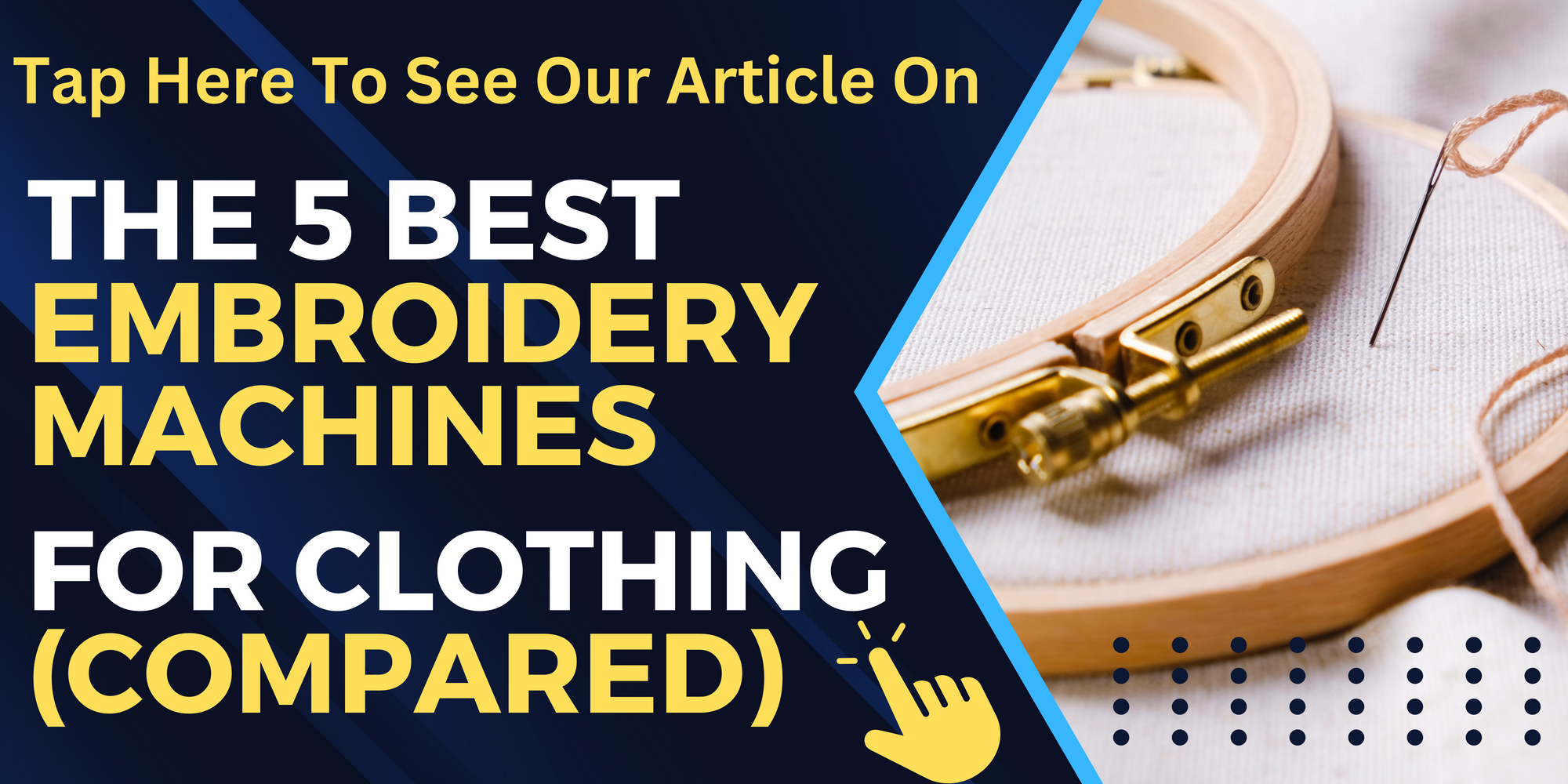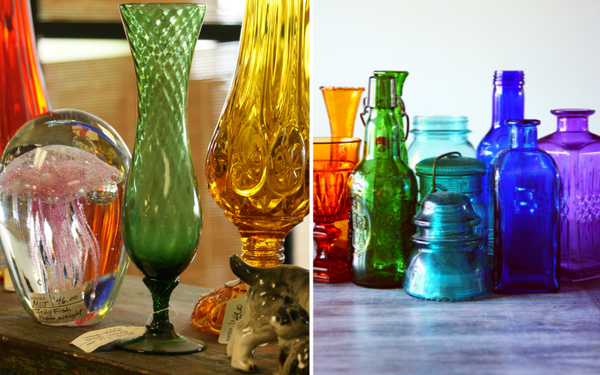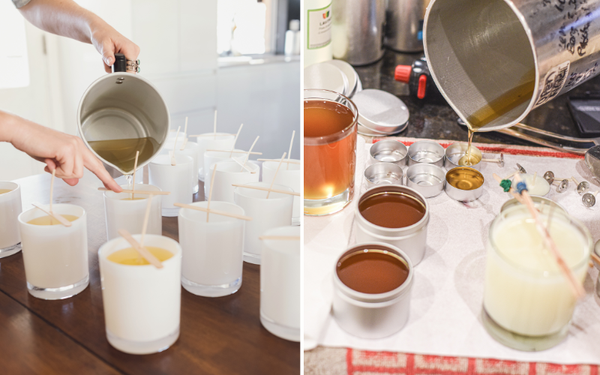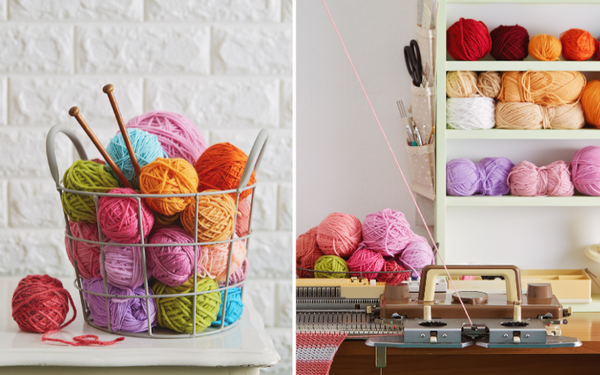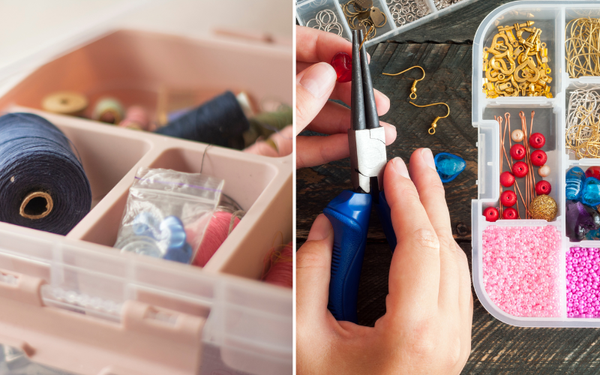Whether you’re a beginner in the world of embroidery or an experienced enthusiast, it’s always fun to learn something new.
And if you want to take your embroidery skills to the next level, it’s important to be aware of all the different types of embroidery that exist.
As luck would have it, there are three special kinds of embroidery that are not only super interesting but can also open up a whole new world of creativity for you.
So let's get into it!
Embroidery can be broadly divided into three main categories - hand embroidery, machine embroidery and counted thread embroidery.
Each type has its own unique characteristics and advantages when it comes to creating stunning projects.
Let's look at each one in more detail.

Hand Embroidery is an art form that dates back centuries and is done by stitching individual threads onto fabric by hand with a needle and thread.
This type of embroidery is perfect for those just starting out because it is relatively simple and doesn't require any fancy equipment or tools.
Hand embroidery allows for great flexibility as you can create intricate patterns with ease.
It also gives you complete control over the design as you can customize each stitch according to your vision.

Machine Embroidery is usually done using an industrial-grade sewing machine or an electronic sewing machine designed specifically for this purpose.
This type of embroidery allows for greater speed and accuracy than hand-embroidered pieces as the machine does most of the work for you.
Machine-embroidered pieces are known for their attractive geometrical designs and precise lettering which makes them perfect for businesses looking to add a professional touch to their products or services with custom logos or text on clothing items or promotional materials like bags and hats.

Finally, Counted Thread Embroidery (also known as canvaswork) is a form of needlework where stitched are worked directly onto a piece of evenweave fabric such as linen, Aida cloth, or other woven material following set grids, symbols, and/or instructions from a pattern sheet or kit.
Unlike hand-embroidered pieces which involve freehand stitching, Counted Thread Embroideries involve counting stitches across grid lines in order to create symmetrical designs perfectly aligned with one another on multiple axes—a process that takes patience but results in elegant artwork that stands out from the crowd!
Conclusion:
Whatever kind of project you plan on taking up next, understanding these three special types of embroideries will help you optimize your workflow while also increasing your creativity!
From beautifully intricate hand-embroidered works to precise machine-embroidered garments to vibrant canvasworks—the possibilities really are endless when it comes to exploring this ancient craft!
So don't be afraid to try out different techniques —you never know what hidden gem lies awaiting discovery!
Happy stitching!
